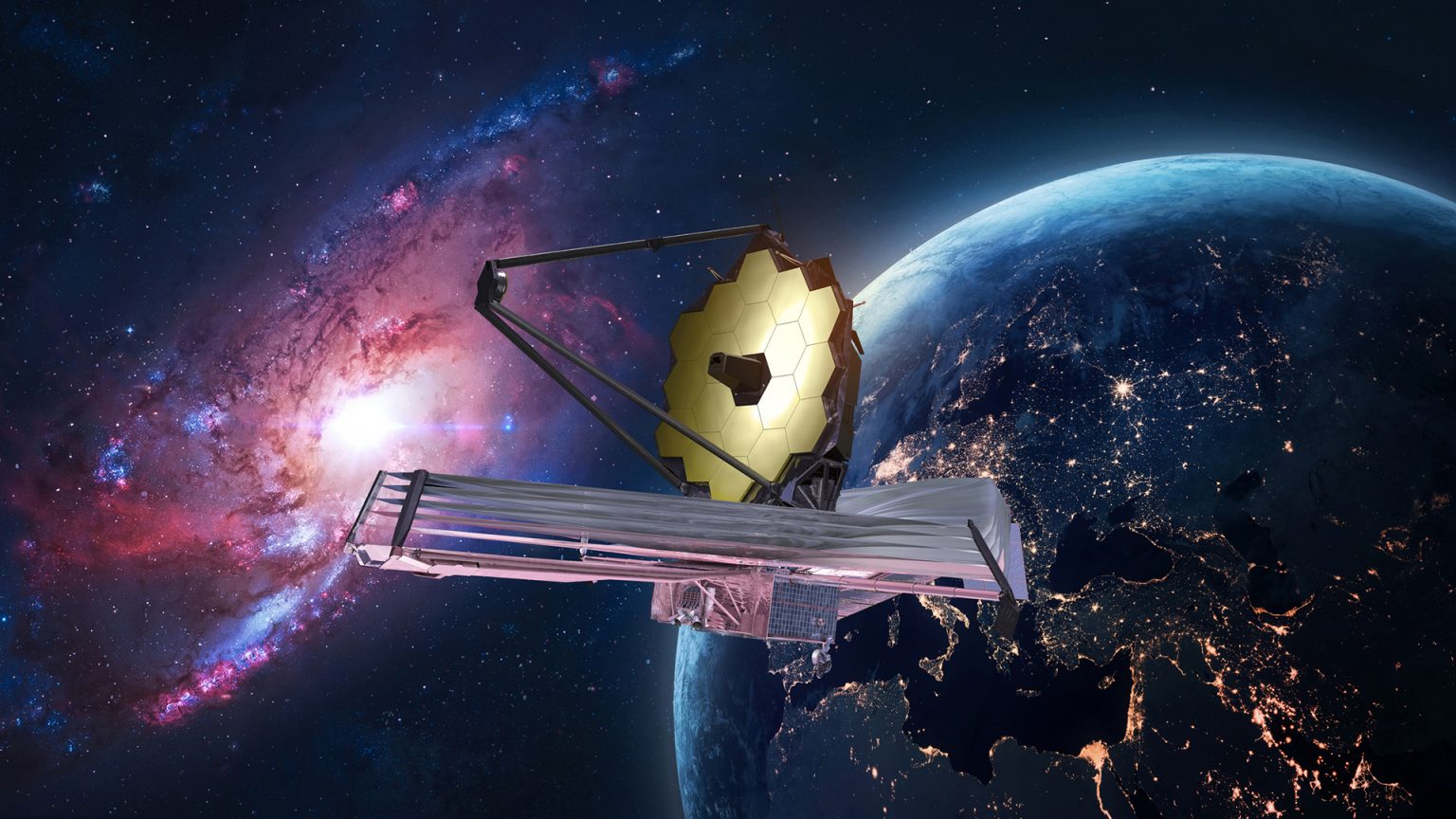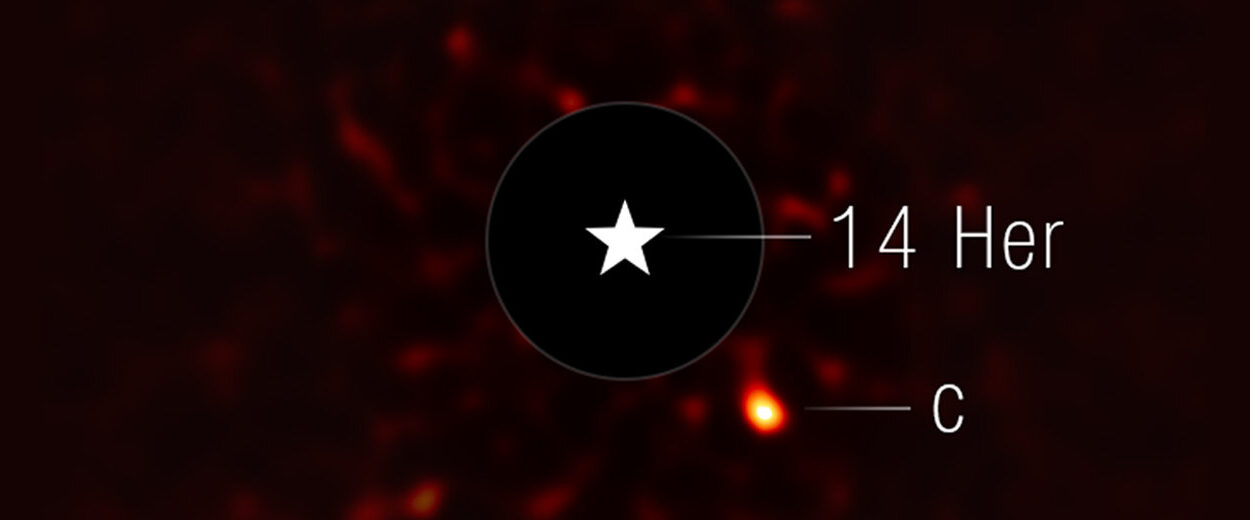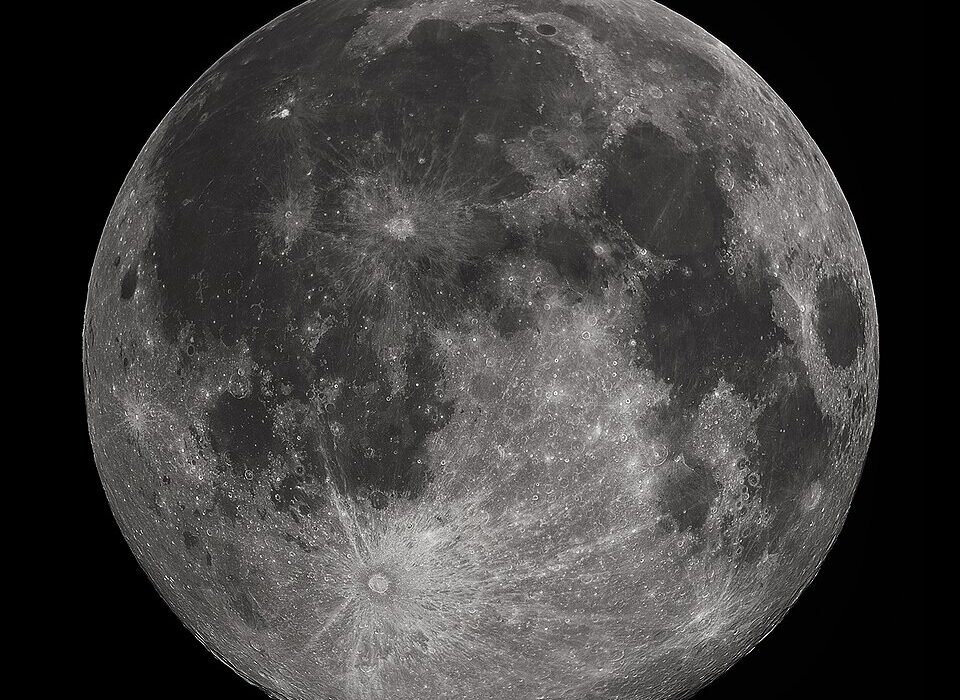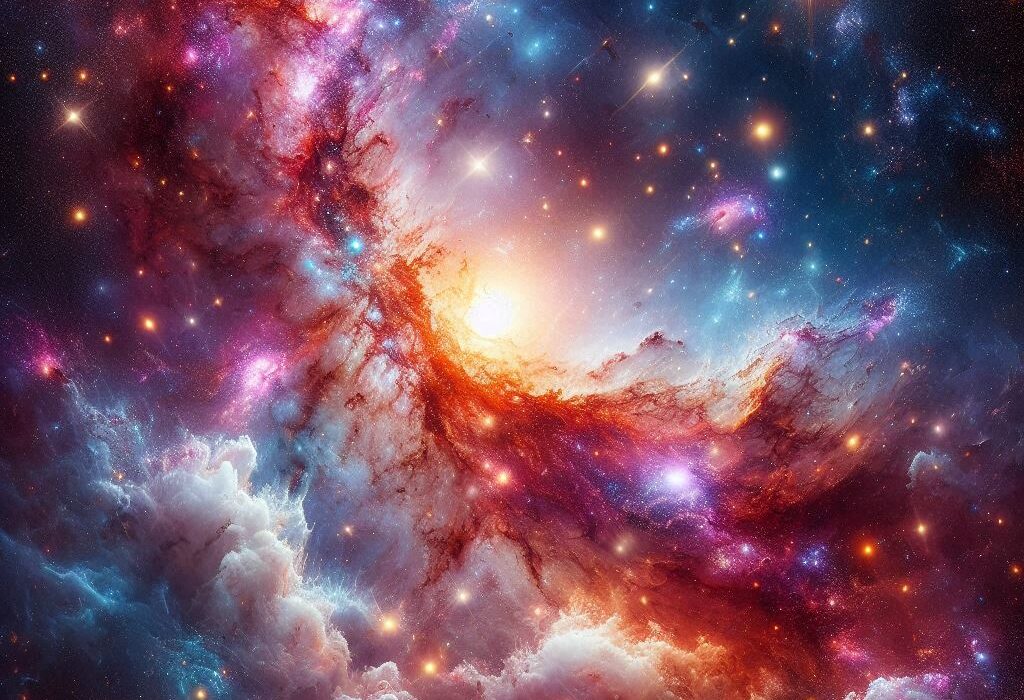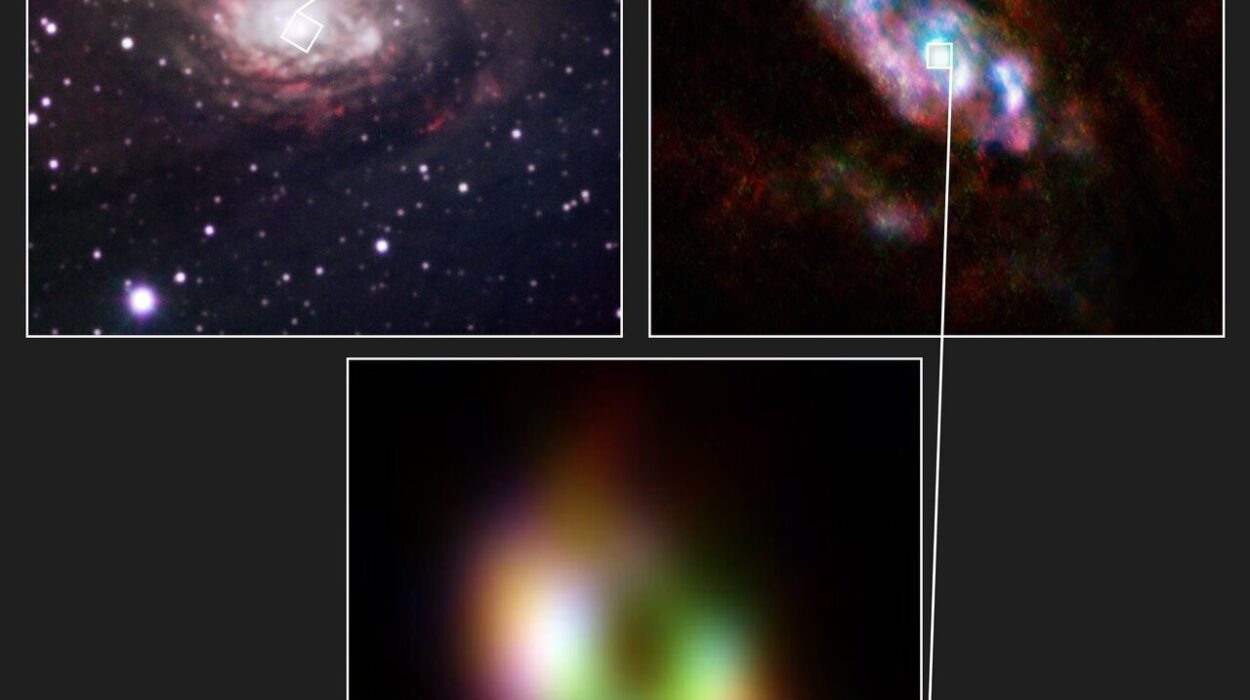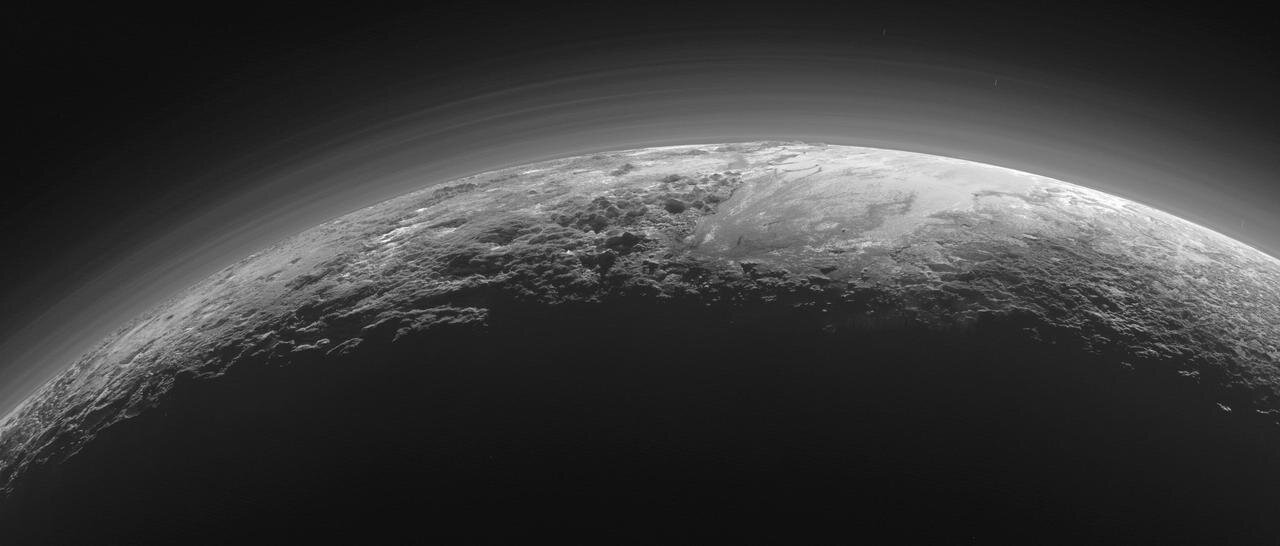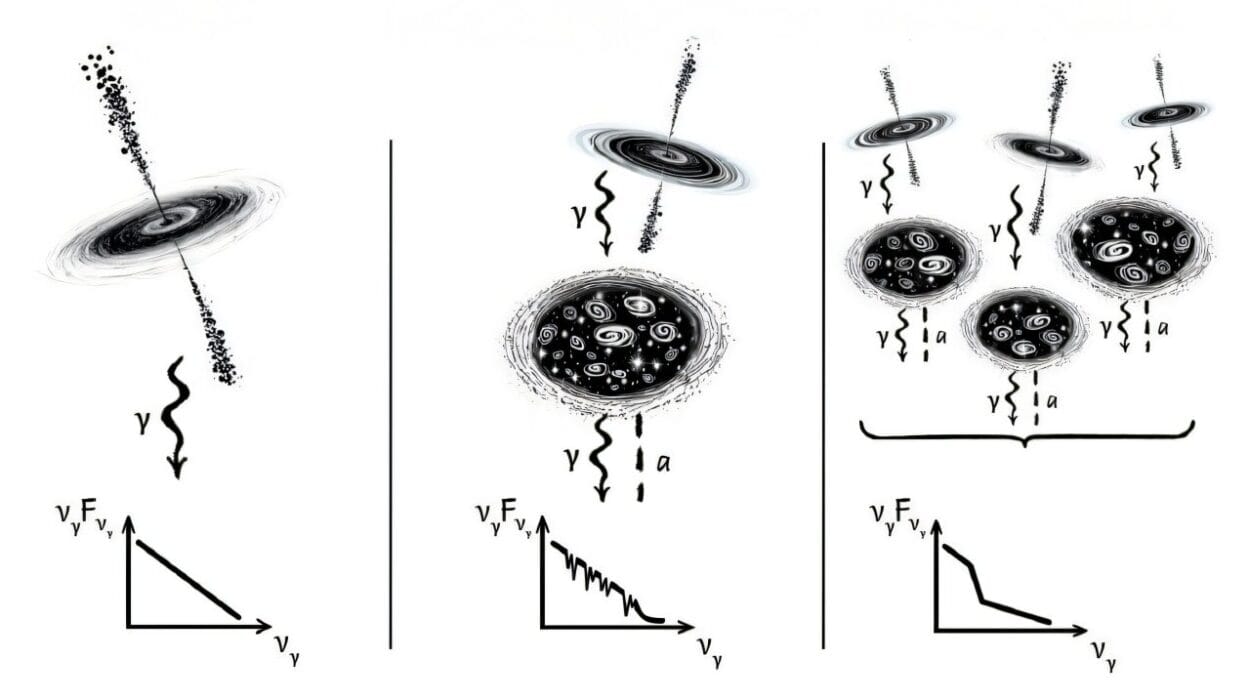For centuries, humankind has gazed upward, searching for meaning in the stars. From ancient astronomers who tracked the dance of planets to modern scientists probing the mysteries of dark matter, the desire to understand the cosmos has never wavered. The Hubble Space Telescope gave us a breathtaking glimpse into the depths of the universe, unveiling galaxies billions of light-years away and reshaping our understanding of space. But a new era has dawned—a telescope not merely built to continue this legacy, but to redefine it entirely.
The James Webb Space Telescope (JWST), launched on December 25, 2021, is the most powerful space observatory ever built. Often referred to as Hubble’s successor, JWST is far more than an upgrade—it’s a leap into a deeper, darker, older realm of the universe. Equipped with advanced instruments, a massive gold-coated mirror, and the ability to see light from the earliest stars and galaxies, Webb is set to uncover secrets that have lain hidden since the dawn of time.
This is the story of how JWST came to be, how it works, and what it is revealing about galaxies, stars, planets, and the cosmic origins of it all.
The Making of a Cosmic Time Machine
The dream of JWST began long before it took shape in hardware and code. As early as the 1990s, scientists were already thinking beyond Hubble. Although Hubble revolutionized astronomy with its stunning optical and ultraviolet images, it had limitations. It couldn’t see well into the infrared spectrum—light emitted by some of the oldest and most distant objects in the universe.
Infrared astronomy holds the key to unlocking the universe’s deep past. Because the universe is expanding, light from the earliest galaxies has been stretched into the infrared range by the time it reaches us—a phenomenon known as redshift. To see these ancient galaxies, astronomers needed a telescope that could peer deep into the infrared, beyond Hubble’s capabilities.
Thus, the idea of a space telescope that could observe the early universe began to form. Planning began in earnest in 1996, and over the next 25 years, the project evolved through countless redesigns, funding hurdles, and engineering challenges. Initially expected to launch in the early 2000s, JWST faced years of delays, but each setback brought improvements, refinements, and solutions to seemingly insurmountable problems.
At last, on a quiet Christmas morning in 2021, JWST launched aboard an Ariane 5 rocket from French Guiana. As it soared into the sky, decades of ambition and effort left Earth’s gravity behind, heading toward a stable point in space known as L2—a million miles from Earth, where sunlight, Earthlight, and Moonlight line up behind the telescope, leaving the universe spread open in front of it.
Engineering Marvel: The Telescope That Unfolds in Space
JWST is not just a scientific instrument—it’s an engineering masterpiece. Because of its enormous size, it couldn’t be launched fully assembled. Instead, it was designed to fold up, origami-style, and unfurl in space.
At the heart of JWST is its primary mirror, a shimmering array of 18 hexagonal segments coated in a thin layer of gold. Measuring 6.5 meters across—more than twice the diameter of Hubble’s mirror—it captures much more light, allowing it to see fainter and more distant objects. Gold was chosen for its excellent infrared reflectivity, and each segment can be precisely adjusted to focus light perfectly, as though it were one seamless mirror.
To operate in the infrared, the telescope must stay extremely cold—just a few degrees above absolute zero. Any warmth from the Sun, Earth, or even the telescope itself would swamp its sensors. That’s where the sunshield comes in: a five-layer, tennis-court-sized membrane that blocks heat and light. Made of a special material called Kapton and coated with aluminum and silicon, the sunshield allows the mirror and instruments to stay in the deep freeze of space.
JWST carries four main scientific instruments: NIRCam, NIRSpec, MIRI, and FGS/NIRISS. Each one has unique capabilities—imaging, spectroscopy, thermal detection—that together allow Webb to study everything from star birth in nearby nebulae to the light of the first galaxies after the Big Bang.
But the most astonishing feat? All of this—mirror, sunshield, instruments—had to unfold and calibrate itself autonomously, a million miles from home. Any failure would be catastrophic. Yet, the deployment was executed flawlessly. Over 300 single points of failure, and not one failed. The telescope opened its golden eye to the universe.
Seeing the First Galaxies: A Glimpse into Cosmic Dawn
Perhaps the most anticipated capability of JWST is its power to look back in time—literally. Because light takes time to travel, when we observe distant galaxies, we see them as they were in the past. JWST can see further than any telescope before, back to a time just 100–300 million years after the Big Bang.
This period, known as the “Cosmic Dawn,” is a missing chapter in our understanding. We know the universe began in a hot, dense state and cooled over time. We know that at some point, hydrogen atoms formed, stars ignited, and galaxies began to grow. But the details—when and how the first stars formed, how galaxies took shape—have remained elusive.
Early JWST images stunned the scientific community. In deep field observations, Webb spotted hundreds of faint, red-shifted galaxies—some older than any previously detected. These galaxies appear surprisingly well-formed, hinting that galaxy formation may have happened faster and earlier than models predicted.
Some of these ancient galaxies are so redshifted they may push the limits of our current theories. Astronomers are now recalculating timelines, rethinking star formation processes, and wondering if new physics might be required to explain what Webb is showing us.
In short, JWST is not just confirming theories—it’s rewriting them.
Watching Stars and Planets Form in Dusty Nurseries
While Hubble gave us breathtaking images of star-forming regions like the Eagle Nebula’s “Pillars of Creation,” its view was limited by dust. Interstellar dust blocks visible light, cloaking the birthplaces of stars. But infrared light passes through dust, and JWST is perfectly tuned to reveal what lies hidden.
In its first year of operation, Webb turned its gaze toward several star-forming regions, including the Carina Nebula and the Taurus Molecular Cloud. What it saw was stunning—tangled filaments of gas, collapsing clouds, and protostars just beginning to glow. These observations offer direct insight into how stars form, how they shape their surroundings, and how planetary systems begin.
One of Webb’s major triumphs was imaging a protoplanetary disk—a spinning ring of gas and dust surrounding a young star, where planets are taking shape. These disks had been theorized for decades, and partially observed, but Webb’s clarity and infrared sensitivity revealed them in unprecedented detail.
By studying these cosmic nurseries, scientists can trace the journey from cloud to star to solar system. They can study how elements are distributed, how planets accumulate material, and how solar systems might evolve.
In a very real sense, by observing other stars forming, we’re seeing echoes of our own solar system’s birth, 4.6 billion years ago.
Exploring Exoplanets and the Search for Life
When astronomers discovered the first exoplanets in the 1990s, it was a revelation—planets orbiting other stars were no longer science fiction. Since then, over 5,000 exoplanets have been confirmed, ranging from scorching hot Jupiters to Earth-sized worlds in the habitable zone.
JWST brings exoplanet research into a new era. With its spectroscopic tools, Webb can analyze the atmospheres of distant worlds as they pass in front of their stars. As starlight filters through an exoplanet’s atmosphere, specific wavelengths are absorbed by gases like water vapor, methane, carbon dioxide, and even possible biomarkers.
In its early observations, JWST has already detected atmospheric signatures on multiple exoplanets. On the hot gas giant WASP-39b, it identified carbon dioxide for the first time in an exoplanet atmosphere. On other worlds, hints of water vapor, sodium, and potassium have been found.
Perhaps the most exciting targets are rocky, Earth-sized planets orbiting in the habitable zones of small stars—like the TRAPPIST-1 system, which contains seven such worlds. Webb is now turning its powerful gaze toward these planets, analyzing their atmospheres for signs of habitability—or life.
Could JWST detect alien life? The answer is… maybe. It won’t see little green men, but it might detect chemical imbalances in an atmosphere—like large amounts of oxygen, methane, or ozone—that suggest biological activity. While such signals require careful analysis and interpretation, the mere possibility is profound.
JWST may not just be showing us new worlds—it might reveal that we are not alone.
The Hidden Universe: Dust, Darkness, and the Infrared Frontier
The universe is full of dust—tiny particles of carbon, silicates, and ices that float between stars and galaxies. This dust, while essential to star and planet formation, blocks visible light and obscures much of the cosmos. That’s where JWST shines. Its ability to see in the mid- and near-infrared allows it to pierce the veil and reveal what lies hidden.
In its first observations of galaxies like Stephan’s Quintet—a compact group of interacting galaxies—Webb revealed not only brilliant star-forming regions but also the turbulent flows of dust and gas between galaxies. These images help astronomers understand how galaxies grow, merge, and evolve over billions of years.
The telescope has also mapped dust in supernova remnants, showing how dying stars enrich space with heavy elements. These explosions seed the cosmos with carbon, oxygen, and iron—the building blocks of planets and life.
Even within our own Milky Way, Webb has unveiled dusty regions previously hidden from view. It can see the structures at the core of the galaxy, study the behavior of massive black holes, and trace the faint glow of warm gas in cold space.
In the infrared, the universe is not dark—it’s aglow with secrets, waiting to be uncovered.
Dark Energy, Dark Matter, and the Fate of the Universe
One of the most profound mysteries in cosmology is dark energy—a mysterious force that is causing the universe to expand at an accelerating rate. Another is dark matter, an invisible substance that exerts gravitational pull but does not emit light.
JWST is not specifically designed to study dark energy or dark matter, but its observations will still contribute significantly. By surveying the distribution of galaxies over vast distances and epochs, it helps map the large-scale structure of the universe—structures shaped by dark matter and influenced by dark energy.
It will also study gravitational lensing, where the light from distant galaxies is bent by the gravity of foreground objects. These distortions can reveal the presence of dark matter and allow scientists to weigh galaxies and clusters.
In time, JWST’s data could help refine our models of cosmic evolution, offer clues about the nature of these mysterious forces, and perhaps even bring us closer to understanding the ultimate fate of the universe.
Beyond Expectations: Surprises in the Cosmic Wilderness
Science thrives on surprises, and JWST has already delivered several. Galaxies that appear too massive, too old, or too well-formed for their cosmic age have caused astronomers to question existing theories. The detection of complex organic molecules in unexpected places has sparked new discussions about how life’s building blocks form.
Some galaxies appear to lack dark matter, challenging assumptions about how galaxies are structured. Others show star formation at rates far higher than predicted. Even simple images—like the detailed view of Neptune’s rings—have left astronomers speechless, revealing beauty and complexity long hidden.
As more data rolls in, new surprises are inevitable. Every time JWST opens its golden eye, it sees something no one has ever seen before. And in doing so, it reminds us that the universe is more vast, more mysterious, and more wondrous than we ever imagined.
The Legacy of Webb: A Telescope for the Ages
The James Webb Space Telescope is more than a scientific instrument—it is a symbol of what humanity can achieve when curiosity, cooperation, and ingenuity come together. Built by an international partnership between NASA, the European Space Agency (ESA), and the Canadian Space Agency (CSA), JWST represents decades of effort by thousands of engineers, scientists, and visionaries.
Its mission is only just beginning. Over the next decade and beyond, JWST will explore every corner of the sky, probing the oldest galaxies, the youngest stars, the coldest worlds, and the darkest mysteries. Its data will fuel generations of discovery, inspire new theories, and raise questions we have not yet thought to ask.
Most of all, it will continue what the greatest scientific tools have always done: expand our sense of wonder, and remind us that in understanding the universe, we come to better understand ourselves.
In the golden mirrors of JWST, we do not just see light from distant stars—we see the reflection of human imagination, forever reaching toward the stars.
